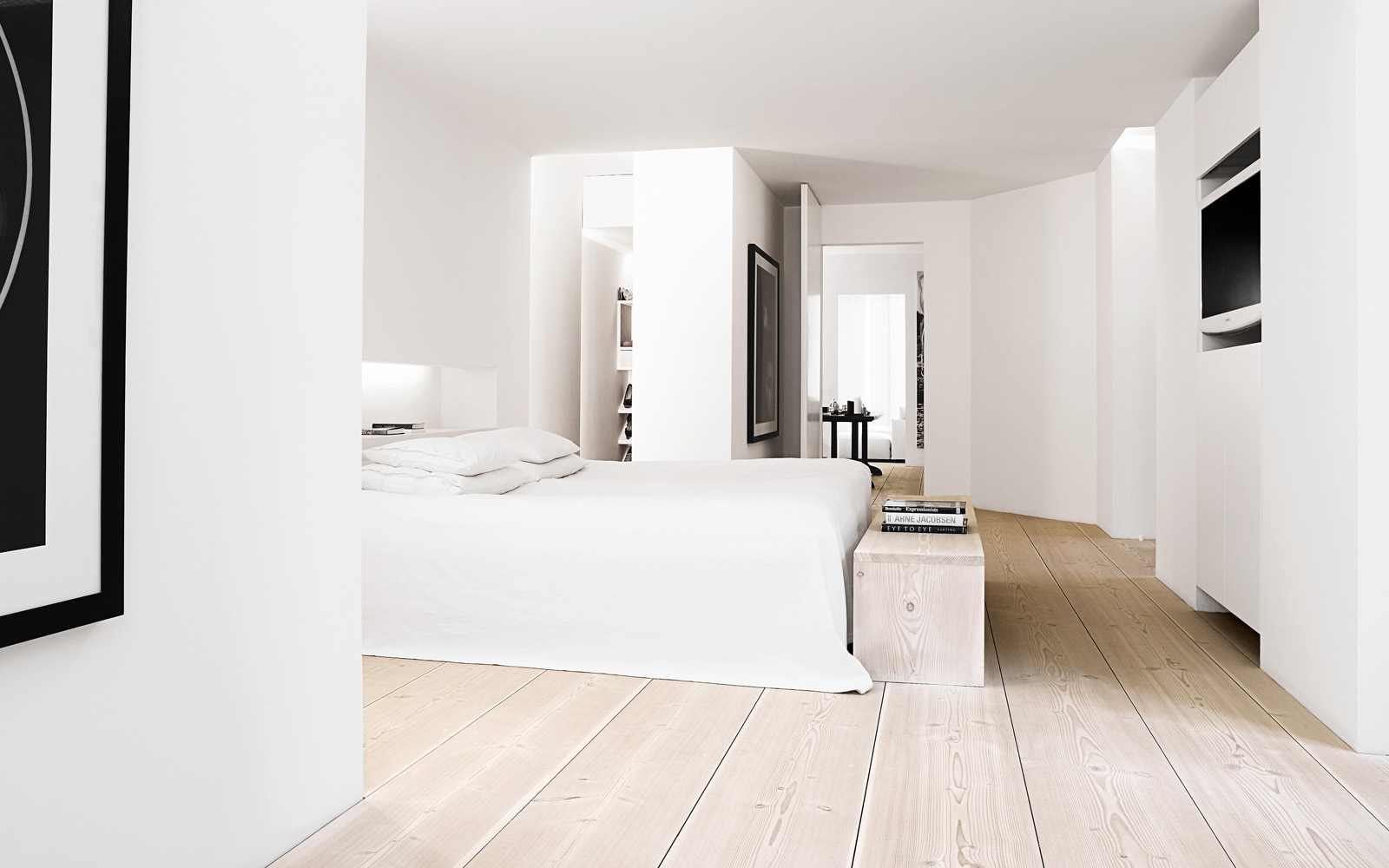Underfloor heating can be a luxurious and efficient way to warm your home. However, it is a major installation that requires thoughtful planning to ensure the system runs properly for years to come. When deciding whether to invest in underfloor heating, consider your budget, floor type, floor construction, the efficiency and size of your heating system, and installation requirements. Carefully weighing these aspects helps guarantee you maximise comfort and value from underfloor heating for the longterm.
1. Type of Flooring
One of the most critical considerations is the type of flooring you plan to use with a heated floor system. Hard surfaces like tiles, stone, and Dinesen flooring conduct and transfer heat far more efficiently than carpet or vinyl flooring. If you use wood flooring, opt for engineered boards rather than solid wood, as the latter can warp or crack from repeated heating and cooling. Always check that underfloor heating is compatible and safe to install underneath your specific flooring choice before purchasing materials. Pay particular attention to manufacturer guidelines for flooring thickness and materials. Utilising flooring not approved for underfloor heating risks severely damaging materials or reducing system efficiency.
2. Floor Construction
The way your floor framing, insulation, and membranes are constructed heavily impacts how well underfloor heating performs. Floors with thick insulation, complex framing, and crawl spaces struggle to transfer warmth efficiently from pipes to living spaces. Ideally, hydronic or electric cables should be embedded in a thin layer of screed with a single layer of insulation underneath. This allows for maximum heat conductivity. Ensure your floor structure, insulation levels, and membranes, like damp proofing, meet building standards and underfloor heating guidelines.
3. Heating System Efficiency and Size
The actual underfloor heating system itself also requires careful specification. Hydronic systems that utilise hot water piping must have an efficient boiler with sufficient power to heat enough water. Undersized boilers lead to lukewarm floors that fail to warm spaces adequately. Meanwhile, oversized systems cost more upfront and mean higher energy bills in the long term. Carefully estimate the required thermal output of your hydronic setup based on floor area, house size, levels of insulation and local climate. This ensures ideal boiler sizing for maximum comfort and efficiency.
Electric underfloor heating has simpler installs but also demands proper system sizing. Measure the rooms accurately when purchasing electric heating cables to guarantee sufficient coverage. This prevents cold spots or issues reaching desired room temperatures. Consider installing separate thermostats and zones on each level or in different areas of large houses. This increases efficiency by only heating occupied spaces.
4. Installation Requirements
Performing an underfloor heating installation yourself is only advisable for those highly experienced in plumbing, electrical and tile work. Mistakes during installation can lead to cracked floors, electric shocks, or water leakage if pipes are damaged. Instead, hire a qualified team for stress-free fitting of your heated floor system. Seek installers who specialise specifically in underfloor heating, given the intricacies involved. This guarantees that they handle any complexities like working around existing skirting boards to produce an efficient system tailored to your floor plan and construction needs.
While entailing a significant investment, underfloor heating can provide wonderful comfort and efficiency for decades when properly installed. Key considerations include floor type and build quality, system sizing, and hiring specialist installers. Carefully weighing these essential factors helps maximise long-lasting satisfaction from your underfloor heating and avoids potential pitfalls.
